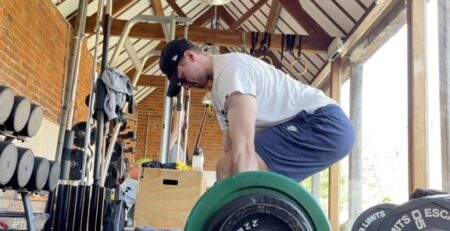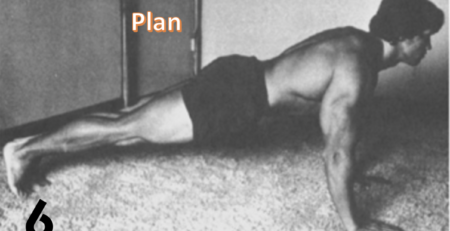Dumbbell strict vs cheat curls?
💪 Dumbbell Strict Curls
- Form: Done with a rigid torso, no swinging or body momentum.
- Muscles Targeted: Primarily biceps, with minimal assistance from other muscles.
- Benefits:
- Maximum isolation of the biceps.
- Better for muscle hypertrophy (growth) and strict strength development.
- Lower injury risk when done with proper form.
- Drawbacks:
- Limits how much weight you can lift.
- Fatiguing for the biceps alone, especially with high reps.
Ideal for: Building biceps size and strength with clean, controlled reps.
💥 Dumbbell Cheat Curls
- Form: Involves using body momentum — a little swing of the hips or back — to lift heavier weights.
- Muscles Targeted: Biceps still work hard, but there’s more involvement from the shoulders, hips, and lower back.
- Benefits:
- Allows heavier weight and overload of the biceps (especially in the eccentric/lowering phase).
- Useful for advanced lifters pushing past plateaus.
- Drawbacks:
- Higher risk of poor form and injury, especially to the lower back.
- Less isolation of the biceps.
- Can become a crutch if overused.
Ideal for: Strategic overload at the end of a set or advanced techniques like forced reps.
🧠 Key Tip:
Use strict curls for the bulk of your training. You can incorporate cheat curls sparingly, usually at the end of a set to eke out a few more reps once your strict form starts to fail — but keep them controlled.





Leave a Reply